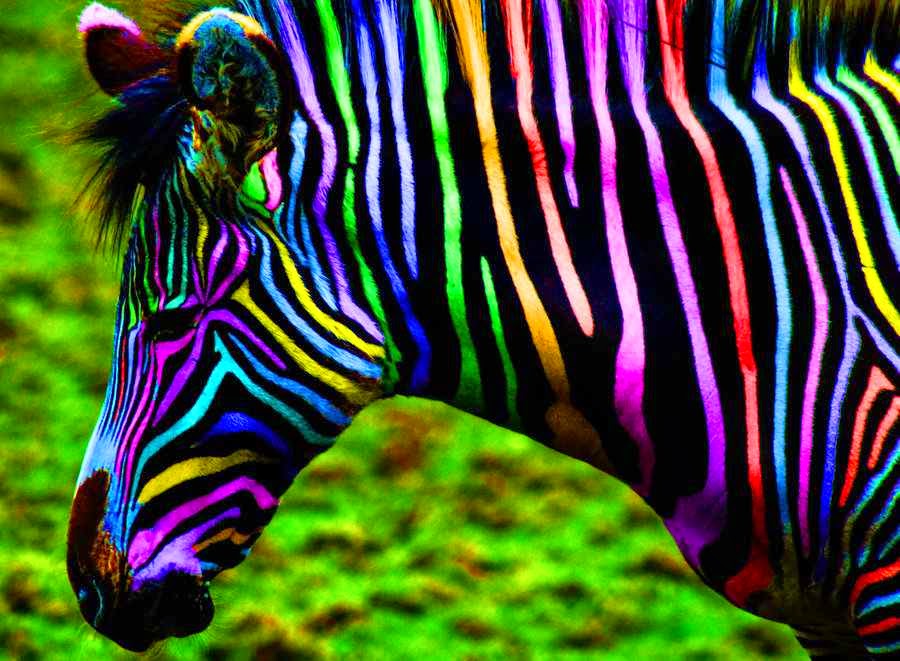Are you an animal lover? If
you are checking out my blog the probability is high that you love
animals. Now if you are a dork, nerd or
whatever about learning the why of things, read on. I came across an article written by Dr.
Becker at Mercola.com. Yes they sell
products but this veterinarian shares her perspective as a vet and fantastic
insight into the world of animals.
Recently Dr. Becker shared an
article she wrote recapping research done by several University of California
Davis science departments. Why do Zebras
have Stripes? According to Tim Caro in
the paper published in Nature Communications,
Zebras have stripes to deter bites from blood
sucking flies.
Have you ever been bitten by
a horse fly? Aside from the very real concerns of the spread of disease
parasitic flies, the bite is painful. I speak from experience. As a young girl my parents brought Fairytale
to our family. She was pregnant and when she had her foal we named him Fable. Ambling
astride that kind and sweet buckskin, many a fly would just as soon bite me as they
would Fairytale (her tail did had a sharp sting at the end. I
couldn’t resist J ). But I deviate
from the topic, no surprise but time to get my train back on track.
Back to Zebra stripes. Why
do Zebras have stripes? Are the black and white designs for camouflage? Possible,
big cat markings provide camouflage properties. Do the stripes carry a social
purpose for mating or a group identity? Again, a strong possibility, just as
Birds attract a mate with elaborate plumage or a male Mandrill baboons with the
most colorful markings are considered attractive. Orangutan males develop giant cheek flaps
marking them as the main man. Camouflage
or social?
The UC Davis scientists say
their research and experiments provide strong proof to their insect repellent theory. Tsetse and horse flies seem to prefer a
uniformly colored surface. The findings show a correlation between stripes and
biting flies significant. Relatively little zebra blood was found in Tsetse
flies compared to other equid species in Africa. Zebras are less susceptible to
sleeping sickness.
What do you think? I am
inclined to think the answer is a combination of all three and maybe other
reasons humans haven’t even thought of as yet. However, if the stripe theory is
valid why only black and white? Do Zebras just have classic tastes?
Now, the tsetse fly was
naturally where my train of thought went next with some interesting detours
about genetics and more. Stay tuned.
Now




No comments:
Post a Comment
Comments Welcome!